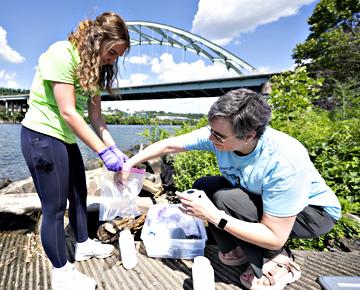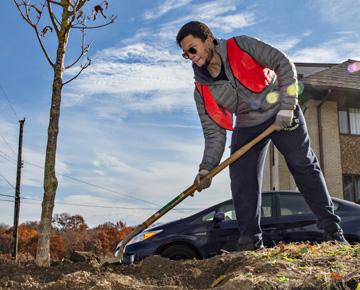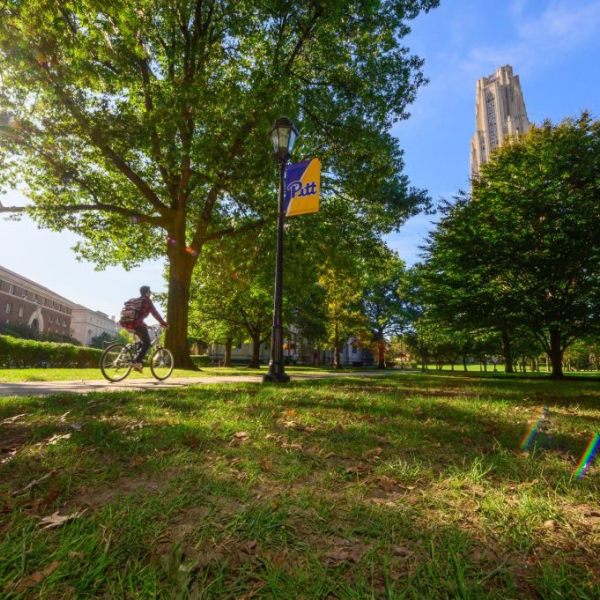Sustainability Plan & 2025 Updates
Published in January 2018, the Pitt Sustainability Plan identifies 15 impact areas that help focus the University’s sustainability goals and key performance indicators for tracking progress over time. These impact areas are organized into 3 themes and the 61 goals below reflect 2025 amendments.
View 2025 Pitt Sustainability Plan Goals View 2018 Sustainability Plan (Original)




